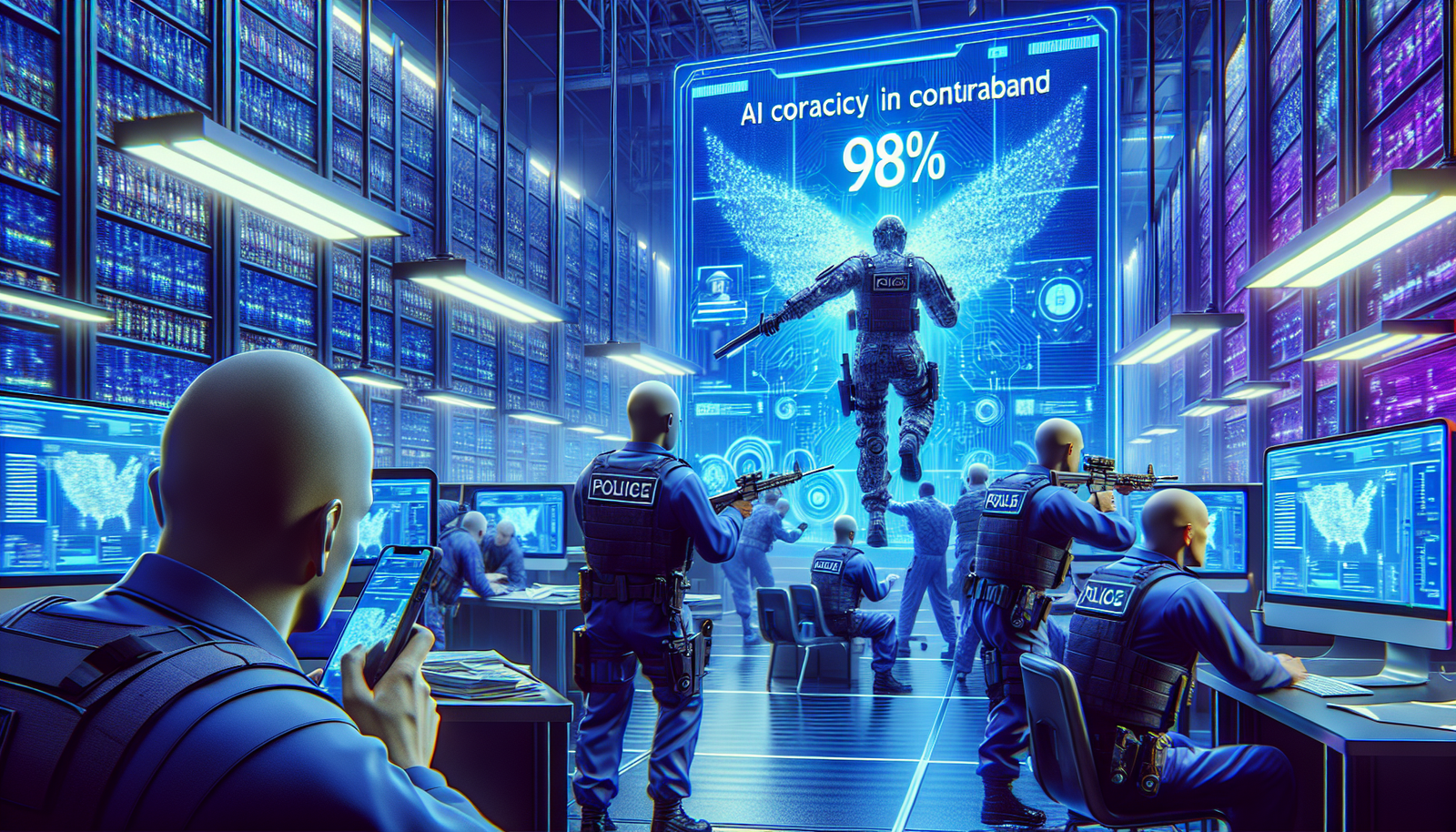The fight against illegal smuggling is becoming more sophisticated thanks to technology powered by AI, offering unprecedented accuracy. This innovative system effectively detects prohibited items, achieving an impressive *98% success rate*. The stakes of security and economy go beyond simple technical considerations, influencing both customs regulations and inspection methods. This crucial advance in anomaly detection not only improves operational efficiency but also strengthens public safety and border control.
Advanced Detection Technology
The fight against illegal smuggling receives a new impetus thanks to technology using artificial intelligence. This innovative system achieves an accuracy of 98% in identifying anomalies in cargo inspections. The method is based on deep learning techniques, enabling the detection of unwanted items within containers.
Limitations of Traditional Technologies
Current inspections largely rely on X-ray imaging which, although useful, has its limitations. One major drawback is their ability to provide only a 2D view, often blurry, making it difficult to distinguish overlapping objects in containers. Eric Miller, professor of electrical engineering, illustrates this issue with an analogy to dental X-rays.
Innovations Brought by AI
Researchers have compiled datasets of images of stacked items. They then trained the AI to identify both common items, like tires and wine bottles, and suspected smuggling items. The first step involved detecting simple anomalies, such as cylindrical objects. The second step expanded the identification scope to more complex shapes.
Real-Time Application and Challenges
Although the results are promising, the adoption of this technology in real conditions requires further research. The research should aim to refine and validate the model on various real materials. This system will not operate autonomously. It will detect potential anomalies and require human validation to determine their legitimacy.
Extended Application Possibilities
This method is not limited to the fight against counterfeiting. Fields like microscopy, medicine, and quality control could also benefit from this technology. For example, it could assist manufacturers in identifying defects in critical parts, such as airplane wings or electronic components.
A Promising Future
The application prospects of this technology are vast. The model adapts to various cluttered environments, thus facilitating the identification of unwanted elements. Eric Miller emphasizes the potential of this AI in varied contexts, where careful observation proves crucial for ensuring the safety of goods.
Regulation and Precautions to Consider
The development and implementation of such technologies raise ethical and deontological questions. The need to regulate the use of AI in fraud detection is essential to prevent abuses. The regulation must focus on protecting individual rights while fostering innovation.
Conclusion on the Potential of AI in Detection
This AI-powered technology is not limited to detecting smuggling. Its impact extends to many key sectors of modern society, prompting a reflection on better integration into everyday life. The new advances in safety and efficiency offer an optimistic vision of a future where technological innovations will significantly contribute to reducing transnational crime.
For more information on the ethical implications of AI usage, check out this article on the Dutch CNIL. Continuous vigilance regarding the evolution of AI technologies is essential to ensure their proper use within society.
Common FAQs About AI Technology for Detecting Illegal Smuggling
What types of goods can be detected using this AI technology?
The AI technology can detect a variety of objects, including drugs, counterfeit goods, and other prohibited items, by identifying anomalies in cargo images.
How does the AI-based detection system work?
The system uses deep learning algorithms to analyze X-ray images of cargo, identifying both expected elements and those that appear abnormal, with an accuracy of 98%.
What are the advantages of using AI compared to traditional detection methods?
Traditional systems primarily use X-rays, providing a 2D view, which makes identifying overloaded goods complex. AI enhances detection by providing more accurate analysis and reducing the need for manual checks.
Can this technology be applied in areas other than smuggling detection?
Yes, this technology can be adapted to various fields such as microscopy, medical research, aviation security, and even in manufacturing quality to detect defects.
Are the results provided by AI 100% reliable?
No, although the technology achieves 98% accuracy, the results must always be followed by human verification to confirm potential anomalies.
How long does it take to train the AI system to detect specific objects?
The training of the system depends on the complexity of the objects to be detected and requires extensive datasets for effective learning, which can take several weeks to months.
What are the implications of this technology for border security?
This technology enhances border security by enabling quicker and more efficient detection of illicit goods, thus reducing smuggling risks.
Could this AI technology evolve in the future?
Yes, technology is constantly evolving, and further research could improve its accuracy, speed, and ability to identify new types of anomalies in cargo.
Can companies integrate this technology into their existing systems?
Yes, AI systems can be integrated into existing scanner infrastructures, but this requires technical adjustments and collaboration with AI experts.






